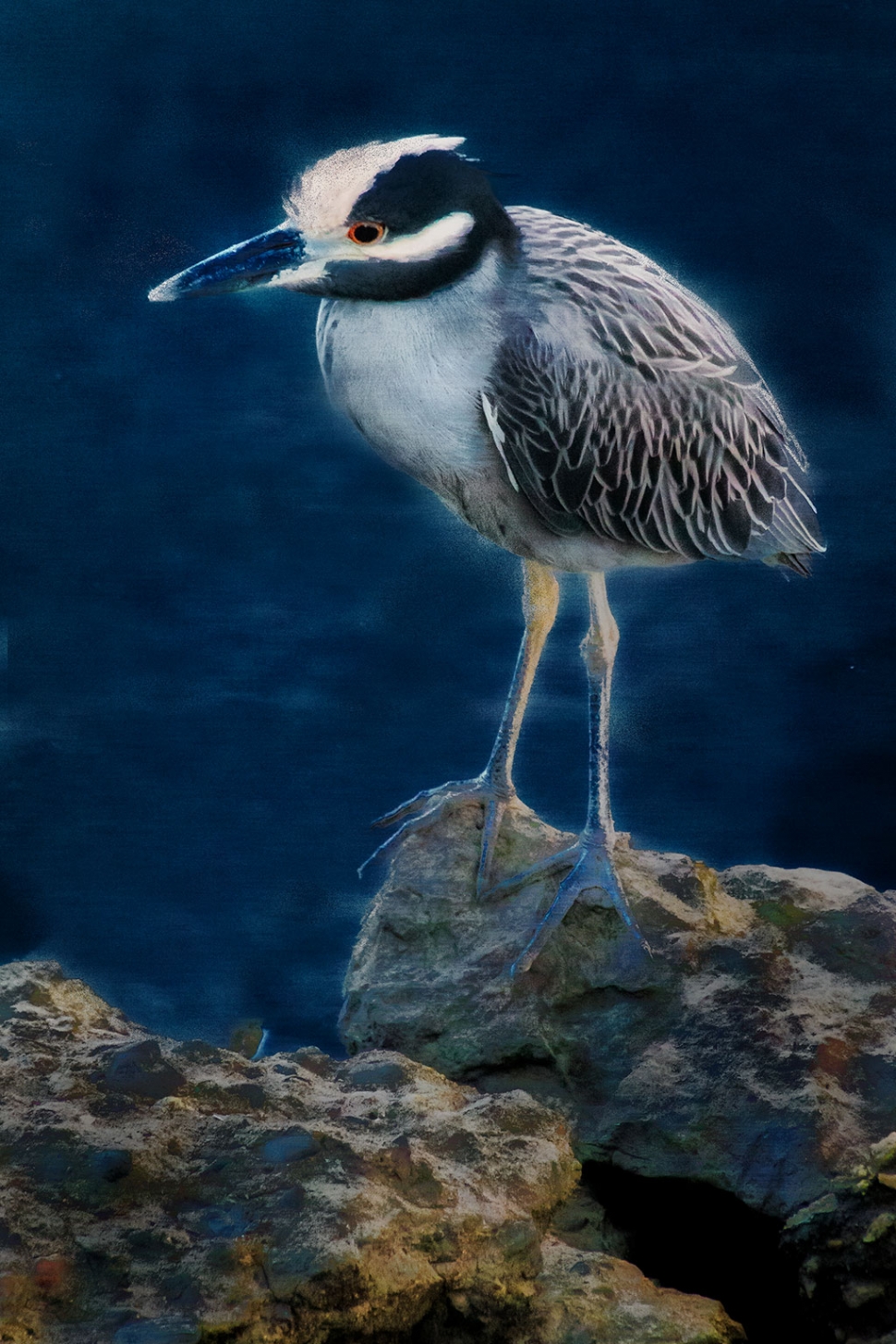|
Focus on Photography
 Photo of the Week "Yellow crowned night heron, a rare sight in Ventura" by Bob Crum. Photo data: Canon 7D MKII camera, ISO 10,000, Tamron 16-300 lens @277mm, aperture f/11, shutter speed 1/320 of a second. By Bob Crum — Wednesday, November 28th, 2018
Outrageous ISO!
 Bob Crum Well, I gave y'all a heads up for Black Friday. You also had another fantabulous opportunity on Cyber Monday. You bought a camera, right? Great! Regardless of what you bought, you could not have gone wrong given modern-day technology. These marvelous, wondrous image makers do everything except wash the supper dishes. Now, please READ THE MANUAL! I know, these days, many manufacturers are bypassing the written manuals and putting them online to download as a pdf. Do it! Download it and study at your leisure. Videos are another option. When I bought the Canon 7D Mark II camera, which is a complex and powerful camera, I purchased a tutorial video ($29.00) specifically for the 7D2 from creativelive.com. The demonstration videos were great explaining all of the camera’s features and functions. It helped me navigate and customize the menus, and how to best use the extraordinary autofocus system. Not to mention the camera's video capabilities. It was a big help, worth 10 times the cost. There are plenty of resources available to help you get up to speed with just about any camera you buy. Needless to say, it's of the utmost importance to KNOW how to operate the camera. Mastering the camera will enable you to capture the photos that you mentally visualize. I can't stress this point enough. Of course, most cameras have a 'program' or 'auto' mode, and that's fine to begin with. In fact, I advocate that you start out in auto mode. But when doing so, you can do yourself a huge favor by reviewing the metadata. That is, after making the photo look at the shutter speed, ISO, and aperture the camera used to make the photo. The metadata will help you quickly understand the relationship between ISO, aperture and shutter speed for proper exposure. Then, when you're not satisfied with a photo the auto setting used to create the photo, you'll be ready to take the next step: Manual mode! That is, taking control and setting the ISO, aperture and shutter speed. When you start doing this, you are becoming a photographer, your ultimate goal. Right? Operating a camera is not rocket science. You can do this. When you know how to program the camera for the photo you want, you begin to 'create' photos. It's this creative process that is so overwhelmingly satisfying. It's not unlike any creative art form. There's untold joy in Fine Art Photography. Trust me, you'll love it! The subject of the photo of the week is a yellow-crowned night heron. I photographed this rarely seen bird at the Ventura Harbor, one of my favorite haunts. Take a moment to check the photo data, especially ISO and shutter speed. It was past sundown when I first saw the bird perched briefly on a commercial fishing ship. As it flew, I followed, huffing and puffing as it landed briefly here and there. It kept flying... I kept chasing. Because it was moving fast, I set shutter speed at 1/320th. It finally landed down at the water's edge where the light was very dim. I knew I had to shoot fast. In the excitement I neglected to slow the shutter speed to a more appropriate 1/60th. That would have reduced ISO from the ultra high of 10000 to perhaps 1600 resulting in much less image noise. I ignored, with great trepidation, the fact that the 7D2 is not supposed to capture acceptable photos at that high an ISO because of excessive image noise. A subject for another day. Happy photoing! Send comments, suggestions or questions to: focusonphotography@earthlink.net |
